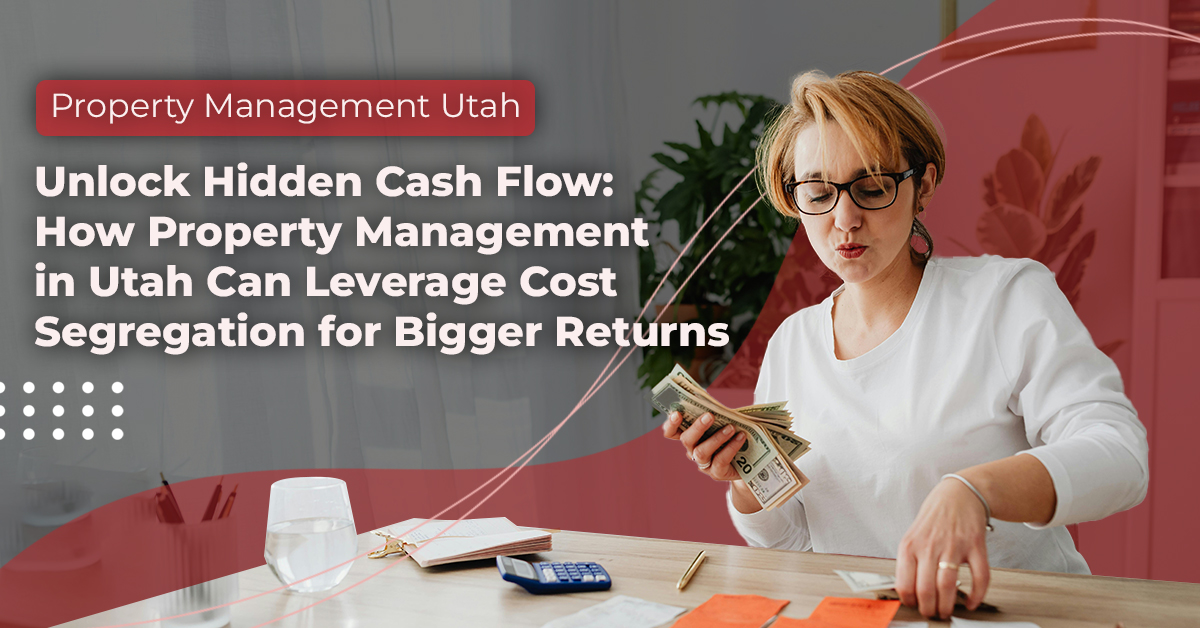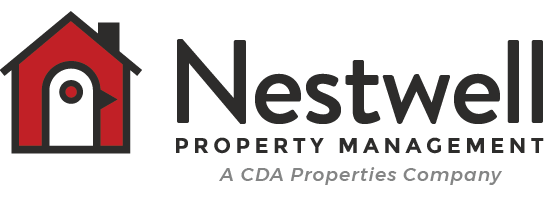Unlock Hidden Cash Flow: How Property Management in Utah Can Leverage Cost Segregation for Bigger Returns

If you’re a real estate investor looking to maximize your return on investment, understanding how property management in Utah can support advanced tax strategies like cost segregation is essential. This little-known but powerful IRS-approved tactic allows you to accelerate depreciation, reduce taxable income, and increase your cash flow—all without buying more properties.
Whether you own single-family homes in Ogden or a growing portfolio in Lehi or Draper, cost segregation can help you make the most of your assets. Here’s what you need to know.
What Is Cost Segregation?
Cost segregation is a tax-saving strategy that allows property owners to reclassify certain components of their real estate to depreciate them over shorter time spans—5, 7, or 15 years instead of the traditional 27.5 years.
This means you can:
-
Deduct more money upfront
-
Lower your taxable income
-
Reinvest those savings into more properties or improvements
When used strategically, especially in combination with professional property management in Utah, this technique becomes a catalyst for serious portfolio growth.
Why It Matters for Utah Investors
Utah’s real estate market has seen explosive growth, but along with appreciation comes higher property taxes, insurance rates, and maintenance costs. Many landlords are looking for ways to offset these increases—and cost segregation is a powerful solution.
Here’s what Utah investors stand to gain:
-
More upfront deductions
-
Improved short-term cash flow
-
Faster ROI on rehabbed or newly acquired properties
-
Tax strategy alignment with scaling goals
At Nestwell, we provide property management in Utah that goes beyond tenant placement. We partner with investors to unlock financial efficiencies, and cost segregation is one of those high-impact tools.
What Types of Properties Qualify?
Cost segregation isn’t just for large commercial buildings. In fact, it can be applied to:
-
Single-family rentals
-
Duplexes and triplexes
-
Small multifamily units
-
Renovated investment properties
Typically, properties worth $300,000 or more generate meaningful returns from a cost segregation study, but value isn’t the only factor. If you’ve recently upgraded the property with new HVAC, flooring, kitchens, or bathrooms—these improvements may qualify for accelerated depreciation, too.
Real Example: Utah Investor Using Cost Segregation
Let’s say a Nestwell client buys a $550,000 rental in Spanish Fork. Without cost segregation, they’d claim around $18,000 in depreciation annually.
But by breaking out short-life assets like cabinetry, lighting, or appliances, they could move $150,000 into faster depreciation categories. This might allow for $50,000 or more in first-year deductions, especially if they capitalize on bonus depreciation before it phases out in 2027.
That’s money that could go toward buying another property, paying off debt, or funding renovations.
Bonus Depreciation: Why Now Is the Time
One of the biggest advantages of cost segregation is pairing it with bonus depreciation—a temporary IRS allowance that lets investors write off 100% of qualified short-life property in year one. But time is running out.
Here’s how it’s phasing out:
-
2023: 80%
-
2024: 60%
-
2025: 40%
-
2026: 20%
-
2027: 0%
By acting now, you maximize your deductions and position yourself for higher cash-on-cash returns.
Myths About Cost Segregation—Busted
“It’s only for big players or commercial investors.”
False. Even small-scale investors using professional property management in Utah can benefit, especially with portfolios of SFRs or duplexes.
“It’s too expensive.”
The average cost of a study is far outweighed by the tax savings—often paying for itself in the first year.
“It’s too complicated.”
Not with the right partners. Nestwell can connect you with qualified cost segregation providers and help manage property data needed for the analysis.
How Property Management in Utah Can Maximize This Strategy
Not every property manager can help you think strategically—but Nestwell Property Management works directly with investors to align operations with financial goals. Here’s how we help:
-
Identify properties that qualify for cost segregation
-
Coordinate inspections and improvements that support better depreciation claims
-
Maintain detailed records for capital improvements and asset tracking
-
Refer top-tier CPAs and cost segregation providers
Whether you’re managing a dozen doors or just starting out, having the right property management in Utah behind you can make or break your ability to implement strategies like this.
Frequently Asked Questions
Q: Can I do cost segregation on a property I’ve owned for years?
Yes! You can do a “look-back” study and claim missed depreciation without amending prior tax returns.
Q: Will I have to pay it all back when I sell?
There is depreciation recapture, but it’s typically at a lower tax rate and can be deferred through tools like 1031 exchanges.
Q: Is it worth doing for a single-family rental?
If the value is high enough or you’ve made upgrades, yes. Nestwell can help evaluate if your property qualifies.
Final Thoughts
Tax strategy is often the difference between a hobby landlord and a true investor. Cost segregation gives you a powerful edge—especially when combined with strategic property management in Utah that’s focused on growing your wealth, not just collecting rent.
If you’re ready to take the next step toward financial optimization, Nestwell is here to guide you.
Want to see if your Utah property qualifies for cost segregation?
Book a free strategy session with Nestwell Property Management today.
